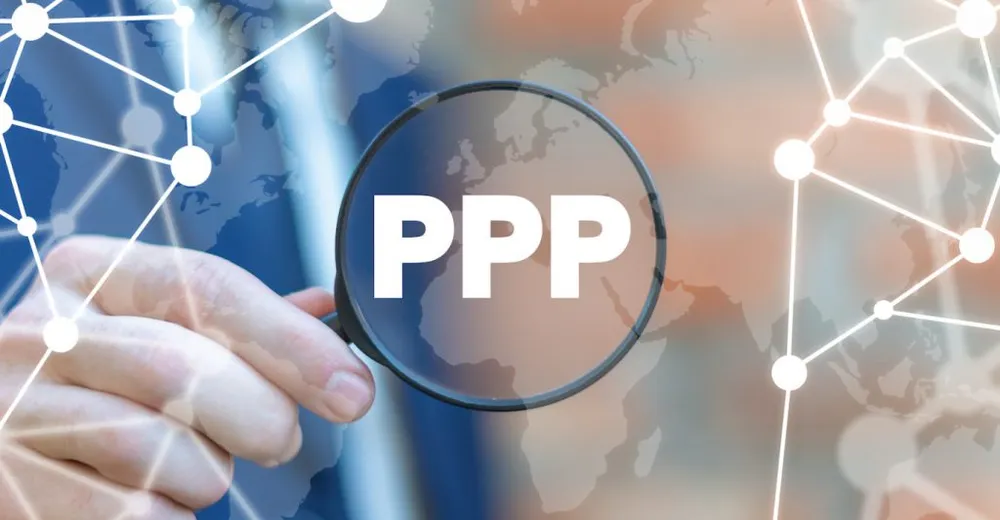
Experts point out that these obstacles have resulted in a limited number of successful projects, largely due to a reluctance among potential investors to engage in PPP initiatives.
Challenges in Implementation
Despite the existence of the law, numerous bottlenecks persist in Vietnam's implementation of Public-Private Partnerships (PPPs). According to Mr. Ngo Thanh Tung, an arbitrator at the Vietnam International Arbitration Center (VIAC), developing countries like Vietnam face several challenges in advancing PPPs due to institutional limitations, legal framework deficiencies, and underdeveloped financial markets.
Firstly, there is a notable absence of a comprehensive legal framework, resulting in inconsistencies in delineating the roles, responsibilities, and rights of both state and private partners involved in PPP projects. Secondly, managing financial risks and legal obligations within PPP contracts remains a potential challenge. Lastly, the underdeveloped financial market contributes to high capital costs for PPP initiatives, particularly when financing in local and foreign currencies.
Delving deeper into the PPP Law, Assoc. Prof. Dr. Duong Dang Hue, an arbitrator at VIAC, provided a candid assessment, stating that the number of PPP investment projects has not only failed to increase but has significantly decreased since the PPP Law came into effect on January 1, 2021. This stark reality prompts a serious examination of the underlying reasons. The challenges lie in the unclear and ambiguous regulations within the implementing documents of the PPP Law, posing numerous difficulties for investors and project enterprises during the process of negotiating and executing project contracts in practice.
Overlap and contradiction in the provisions of the PPP Law and its implementing documents remain prevalent. Certain regulations within the PPP Law fail to uphold equality between the parties involved, leading to disadvantages for investors. Particularly concerning is the occurrence of contracting agencies abusing their position and power to coerce project enterprises and investors into accepting demands, even those that contravene legal regulations.
Lawyer Ngo Thanh Tung emphasizes that for PPPs to appeal to the private sector, state agencies must demonstrate a clear and unwavering commitment to promoting PPP as a strategic avenue for infrastructure development. This entails establishing a stable policy environment that allows investors to forecast PPP initiatives effectively. Additionally, there is a need to develop and enforce a legal framework with thorough and stringent regulations, providing a transparent and consistent foundation for PPP projects.
A Call for Standardization and Adaptability
Lawyer Nirmalan Amirthanesan, from Mori Hamada & Matsumoto Law Firm, emphasized the necessity of standardizing risk-sharing mechanisms and other regulations in PPP projects by incorporating them into contracts. He noted that in several countries worldwide, these regulations are even included in model contracts with specific details provided.
To ensure a balance between the interests of the state and investors, Lawyer Nirmalan Amirthanesan emphasized the importance of including commitments in the contract and establishing joint responsibility for contract management. Furthermore, to reduce risks for investors and enhance their involvement, he suggested that the government and relevant agencies should prioritize improving the legal system, particularly by focusing on the development of model contracts.
Ms. Nguyen Thi Linh Giang, Chief of the PPP Office at the Bidding Management Department (Ministry of Planning and Investment), stressed the necessity of a model contract to ensure a harmonious relationship between the involved parties, based on the principle of balancing benefits between the public and private sectors. However, the challenge lies in developing a model contract that is tailored to each specific field and meets the unique requirements of different industries. Only by doing so can the model contract effectively serve as a tool to delineate rights, benefits, and obligations, establish a foundation for risk mitigation, and devise efficient contingency plans for various scenarios.
Representatives of the Association of Enterprises and Investors have weighed in on the PPP model contract. Their feedback suggests that the structure of the PPP model contract should vary depending on the industry it pertains to. Nevertheless, there's a consensus that the model contract should be meticulously detailed, with clearly defined components, while still adhering to national legislation and international standards. Specifically, the components of the model contract can be categorized into two groups: "hard" regulations dictated by national law, and regulations that investors and state agencies can negotiate based on the specific circumstances of the project.
Investors have also emphasized the necessity of incorporating an adjustment mechanism into the PPP contract, particularly to address changes in laws, policies, and political risks. This adjustment mechanism is crucial for instilling confidence and convenience in negotiations for investors. It serves as a foundation for trust and fairness between the contracting parties, particularly emphasizing the role of the private sector in PPP projects. Moreover, there should be considerations on establishing a profit-sharing ratio to prevent investor discouragement, foster additional revenue generation, and offer incentives. This could include a dividend share derived from the project's spillover effects.
Professor Associate Dr. Duong Dang Hue mentioned that the government will soon review the implementation of the PPP Law over the past three years. This is a routine responsibility that the government undertakes for any law. However, for the PPP Law, this assessment holds particular significance in the present context, as it appears that the intended objectives of enacting this law have not been fully achieved in practice.




















